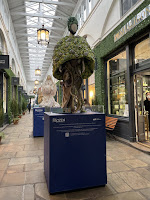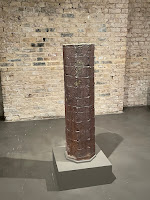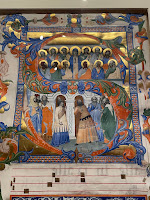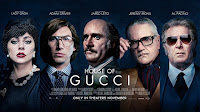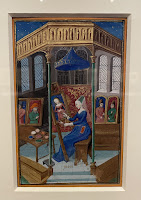Leighton’s Corots

Fascinating online lecture from the National Gallery looking at the set of paintings “The Four Times of Day” by Corot in the gallery and why they were purchased by Lord Leighton. Christina Bradstreet took us through why and how the pictures were painted in around 1858. She took us through the style of the work and how they were commissioned by the artist Alexandre-Gabriel Decamps for the studio he was building. She then discussed Leighton’s purchase of them and how he too planned to use them in a studio house and designed the décor of a room around them. The artists were very different but the speaker suggested that Leighton may have purchased them as a reminded of his youthful travels in Italy and France where he met Corot.










